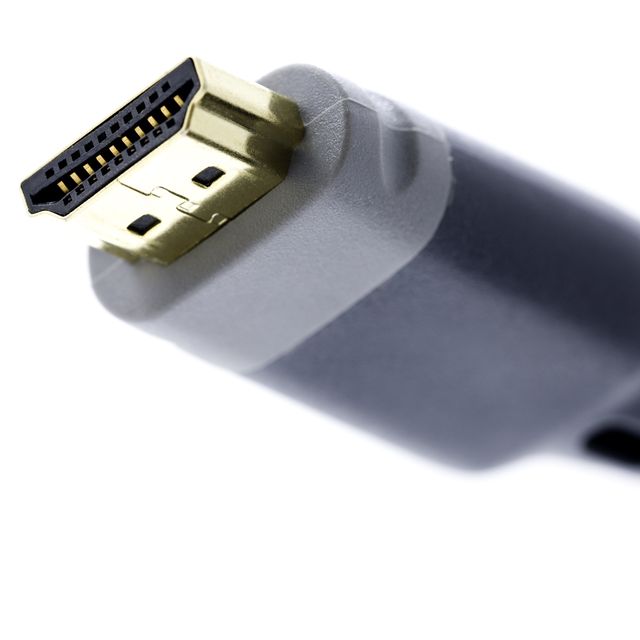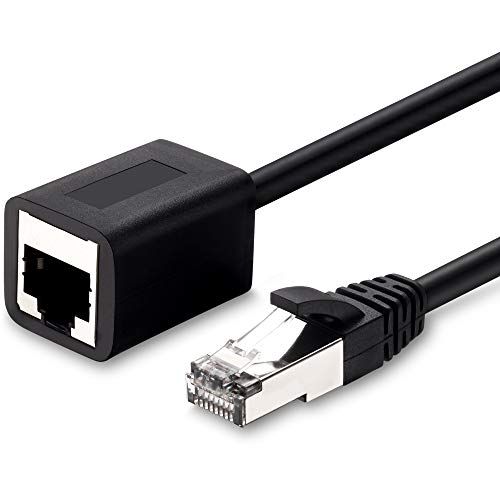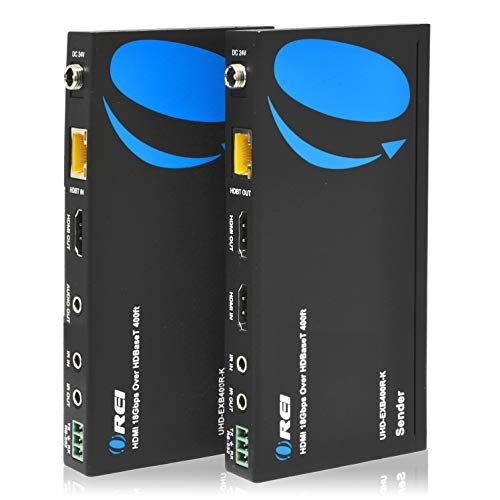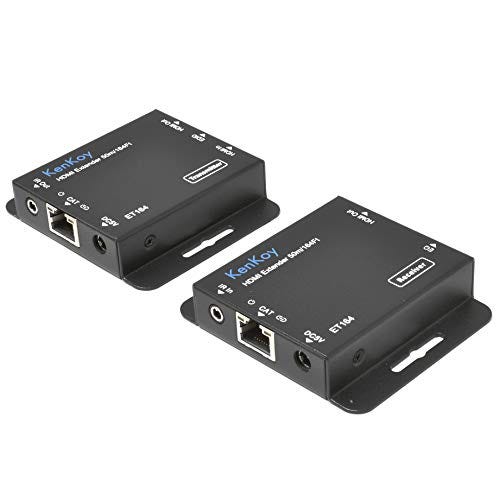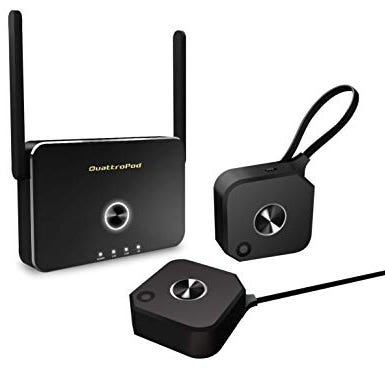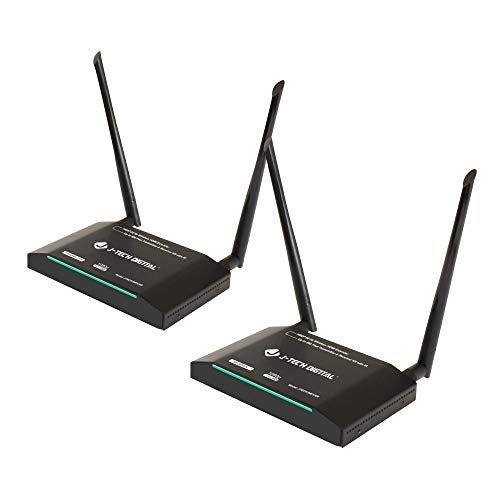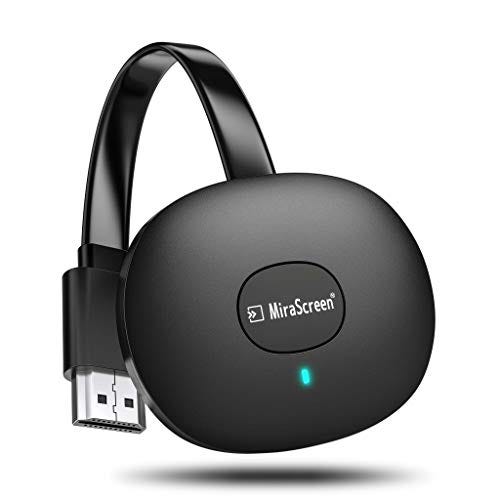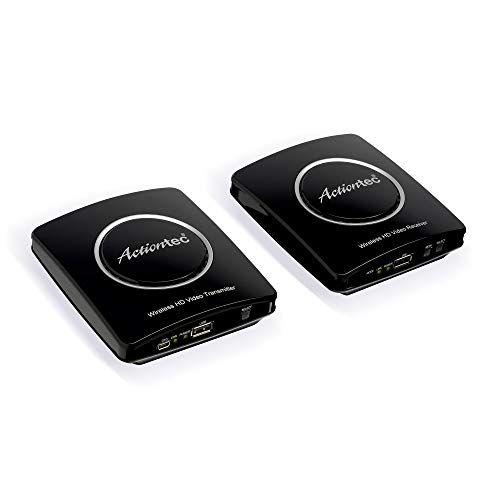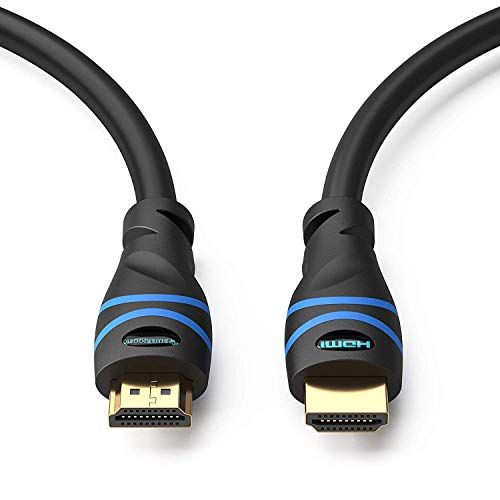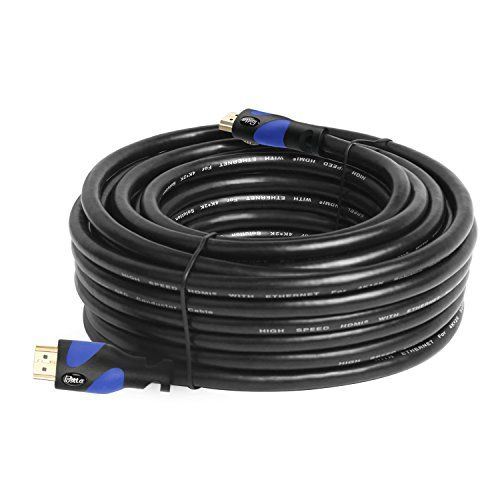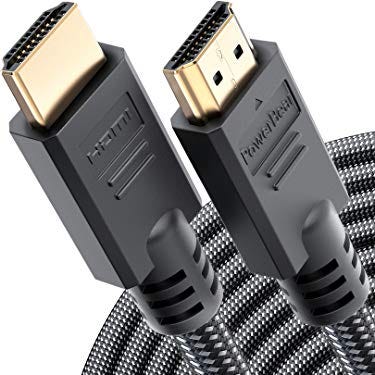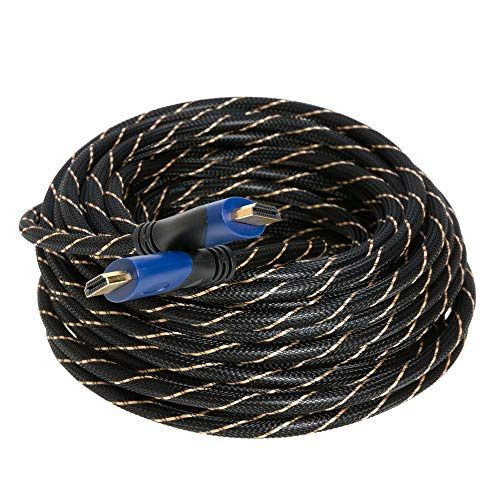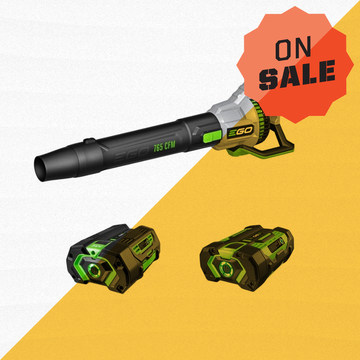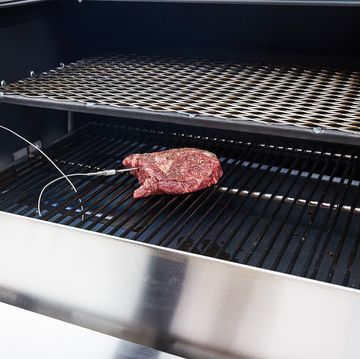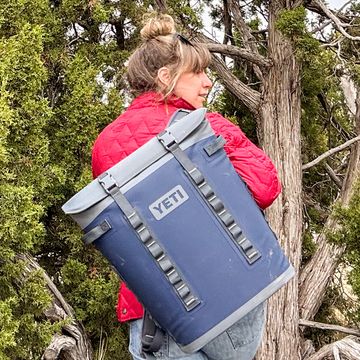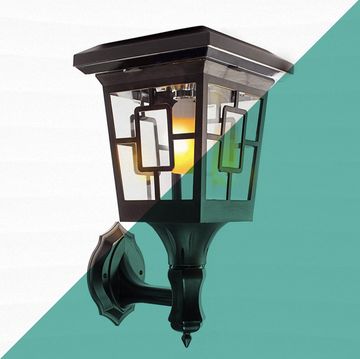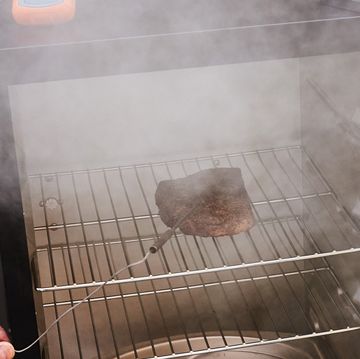Let's give the HDMI cable some credit. It helped clean up the tangled mess of wires behind our TVs, gave us a way to quickly link a stunning range of devices with a new generation of displays, and provided a sturdy backbone for the HD revolution. But for everything this unassuming all-in-one cable can handle, sometimes it comes up short. Literally.
➡ Join Pop Mech Pro and get exclusive answers to your biggest tech questions.
Like many audio, video, and data cables, HDMI cords can suffer from signal degradation at longer lengths—50 feet is generally considered the maximum reliable length. And it's rare to see an HDMI cable longer than 25 feet in a store. Even online, cables more than 50 feet long can be hard to find. If your TV, set-top box, and other AV equipment are all on the same piece of furniture, this isn't much of a concern. With a collocated setup, you'll probably never need more than 6 feet of cable at a time.
But HDTVs have introduced a whole new way of arranging home theater gear. Flat screens are increasingly thin and lightweight, and their picture-frame profiles make them perfect for hanging on walls. Similarly, HD home theater digital projectors are now affordable enough for non-gazillionaires to set up a basement cinema.
A clean installation of either of those setups generally requires a bit of in-wall wiring, sometimes even from one room—an AV closet, for instance—to another. And when you're fishing wires up into ceilings, over doors and under floors, the necessary spool of cable gets long quickly. Here are the alternatives.
Method #1: Inside the Wall
HDMI qualifies as low-voltage wiring, so wall plates can be attached with a simple bracket rather than a standard electrical box. Since you can't terminate HDMI wires yourself, look for wall plates with an internal female connector.
Method #2: Cat 6 Piggyback
One commonly used solution to cable-length limitations is something called HDMI over Cat 6. Steven D'Addone, co-owner of Intra Home Systems in New Jersey—an installer of high-end audiovisual systems—swears by the technology. "We only run Cat 6," he tells Pop Mech.
Here's how it works: A video source, such as an HD cable box, is connected to a small device—a "balun," in the parlance of the trade—with a short HDMI cable. The balun usually takes the form of a small, router-like box or a wall plate. Its job is to pass the HDMI signal along to one or more Cat 5e or Cat 6 cables. (These are the same cables used to wire Ethernet networks. Cat 5e is a more common cable, but the newer Cat 6 standard is preferred by AV installers for its higher bandwidth.) At the receiving end, a similar box passes the signal back onto an HDMI cable, which then connects to your display.
Now, all HDMI over Cat 6 baluns are not created equal. Some crudely bridge the HDMI and Cat 6 cables by relying on the signal power of the original video source—this limits the range considerably. Others compress and then decompress the HDMI signal, but this can cause hardware compatibility problems.
D'Addone recommends a third type of system. "What seems to be the most reliable are products that are high-bandwidth and powered on both sides," he says. These boxes, which can be found for about $100 each, create a direct bridge between HDMI and a pair of Cat 6 cables, but provide extra power to ensure the signal can travel distances up to 150 feet.
Best of all, powered HDMI over Cat 6 preserves the quality of video and audio signals. And given the low cable price—about $1 per 10 feet online—HDMI over Cat 6 makes the most economic sense for longer throws.
Method #3: Copper and Fiber
For distances up to 300 feet, similarly priced adapters are available that make use of coaxial cable. One catch: HDMI over coaxial solutions usually require a minimum of two coax cables, and often as many as four. This means existing household coax installations, which generally make use of only a single cable running to each connected room, won't be of much use.
For even longer runs, you'll have to leave the world of copper for fiber optics. While the fiber itself is cheap, adapter hardware is pricey ($500-plus per box). In addition, DIY installation is a complicated and difficult proposition, and professional installation makes the setup even more expensive.
Method #4: Cable-Free
What if you'd like to lug your TV into the backyard for the big game? Or maybe you rent your home and aren't permitted to string cable through your walls. In these cases, you can bypass wires entirely.
"Wireless HDMI" is a phrase thrown around a lot, but it doesn't refer to an official standard or even a specific technology. Rather, it's a blanket term for a variety of wireless products that transmit video signals using proprietary wireless standards. These work by stationing a transmitter near the video source and a small receiver by the TV.
Wireless HD systems can be useful, but they have limitations. In most products, broadcast ranges top out at around 50 feet. Unlike HDMI over Cat 6, wireless HDMI solutions tend to degrade image quality—not fatally, but enough for a discerning eye to notice. Signals are also prone to unpredictable interruptions, just like you sometimes experience with WiFi.
Lastly, these devices aren't cheap: To get reasonable reliability, range and image quality, you'll probably want to go with a major brand—Philips or Sony, or for a higher-end setup and longer ranges, Gefen—and spend at least $300.
Good Old HDMI
Before dropping hundreds of dollars on HDMI extenders or wireless transmitters, make sure it's really necessary. For runs 50 feet and under, an HDMI cable is still your simplest option. And don't go for the high-priced cables found in retail stores. For the $50 you might spend on 10 feet of cable at Best Buy, you can nab a 50-footer from a reputable online seller such as Newegg or Monoprice.
HDMI can be fished and installed in-wall almost as easily as coaxial or Cat 6 cable. (Although, thanks to HDMI's security features, you cannot cut the cable to an exact length and apply fittings yourself, which means you generally have to overbuy and leave a bit of slack in your walls.) So be sure to measure out the distance between your equipment and TV before you invest in a complex system. It may turn out that an HDMI cable is the cheapest and easiest solution after all.
